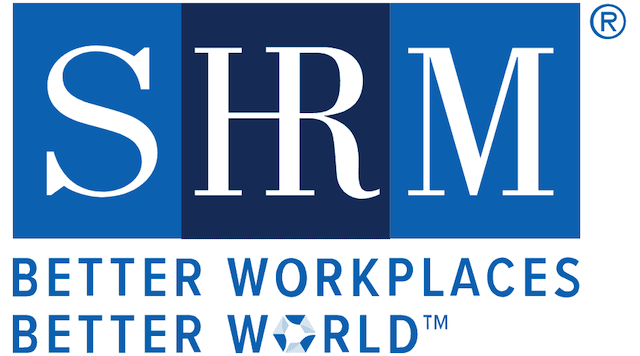Business decisions like mergers and acquisitions often result in significant alterations to the internal structure of a company. With this in mind. It’s important for employers to consider how their staff will respond to these changes.
In this guide, INTOO looks at whether mergers are good or bad for employees. To do this, we outline the potential positive and negative impacts of mergers on staff members. For context, this guide will primarily focus on mergers. While similar, there are differences between mergers and acquisitions that create different circumstances for your employees.
Are Mergers Good for Employees?
As a rule, mergers should be seen as inherently good for employees. This is because they tend to create stronger companies that continue to stay operational, or in some cases become even more competitive, in their respective industries. After all, businesses need to be profitable to support their employees. If this is not the case, layoffs may have to occur. Whether a merger is carried out to save a business from failing or to simply make it a larger and more competitive entity, on the face of it, they usually put businesses in a stronger position.
However, this surface-level observation doesn’t account for the emotional impact that severe organizational changes may have on its employees.
Every decision a business makes has both positive and negative consequences for its staff. Ignoring the potential conflicts that arise from altering the structure of your company may lead to a drastic decrease in employee trust in their employer, for example. With this in mind, understanding the pros and cons of mergers is important in allowing you to highlight the benefits to your team and take the right actions to handle the repercussions of a changing workplace.
 What Are the Benefits of Mergers for Employees?
What Are the Benefits of Mergers for Employees?
New career opportunities
Mergers have the potential to give employees access to new positions that their original organization may not have offered. This is especially true if the two previous entities offered differing products or services. The newly formed company can educate employees on how to perform new tasks that have become part of their jobs. This could take the form of in-house training or advanced outsourced career development programming. Mergers may also create new departments, which can lead to more managerial positions opening within the organization. As a result, employees may benefit from leadership training to prepare them for such roles.
Soft skills development
Being thrust into unfamiliar or uncomfortable situations can help your employees hone various soft skills. Previously established teams may change due to the addition of professionals from another company, which will give them a chance to put their communication and collaboration skills to good use, for example. Working with new people can also expose employees to varying perspectives.
Company longevity
When it comes to mergers that save a failing business, sheer longevity should be seen as an advantage. After all, prolonging the life of an organization typically means strengthened job security for those who retain their roles after the merger. Professionals who come from a dying business will likely be relieved to know their positions may no longer be at risk due to the brand going under. A healthy future for the company means that employees can still grow their careers within the business which is particularly beneficial for team members interested in corporate positions and other forms of internal career advancement.
 What Are the Negatives of Mergers?
What Are the Negatives of Mergers?
Loss of positions
It’s near impossible to address a merger without the cuts in personnel that may follow. The combination of two different businesses may have unintentional overlaps in roles, which can lead to the necessary removal of certain employees. Understanding how to approach these situations can soften the blow of losing a position for your staff. It can also help to have resources available, such as outplacement coaching, for those who find themselves displaced.
Clashing company cultures
There may be situations where each entity in a merger has created a completely different culture for their workplace. Forcing two cultures together can lead to conflict between your staff, such as differences in ideas or attitudes. Working with your human resources (HR) department to create a culture with combined elements from both entities will make it easier to bring the teams from two different organizations together.
Reduced morale
Adjusting to the sudden changes of a company’s structure can be difficult for employees. Additionally, many professionals may feel uncertain about their future with the organization. It’s crucial to stay transparent with your team and keep them well-informed on how the merger will impact the business and their jobs going forward.
Mergers are major events that can help a business grow. However, by their very nature, they impact the employees of all parties involved. For this reason, it’s important to consider the consequences a merger will have on employees before it is completed. Ultimately, it is down to all management and HR teams involved to make the workplace a pleasant environment for all, before, during and after a merger is completed. If your company is planning to undergo a merger or acquisition, consider building a comprehensive severance package for employees who may be impacted by layoffs. INTOO can help with cost-effective outplacement solutions suitable for all levels of your organization. Contact us to learn more. helps employers of all sizes with cost-effective solutions for every stage of the employee lifecycle, including candidate experience, career development, and outplacement services. Contact us to learn how we can make a difference for you and your employees.


 What Are the Benefits of Mergers for Employees?
What Are the Benefits of Mergers for Employees? What Are the Negatives of Mergers?
What Are the Negatives of Mergers?








